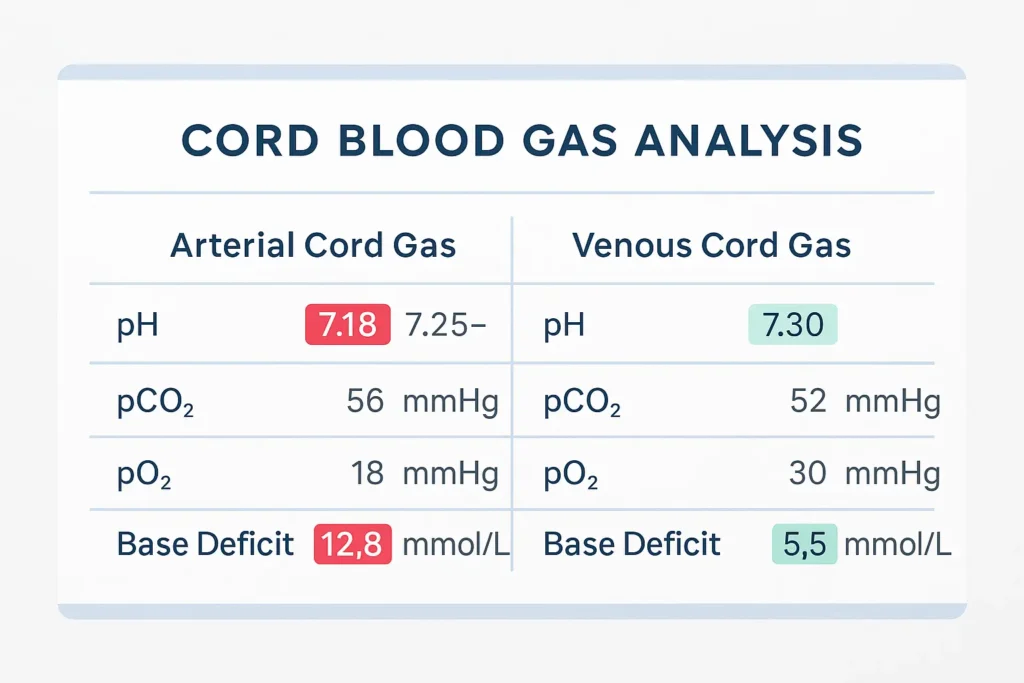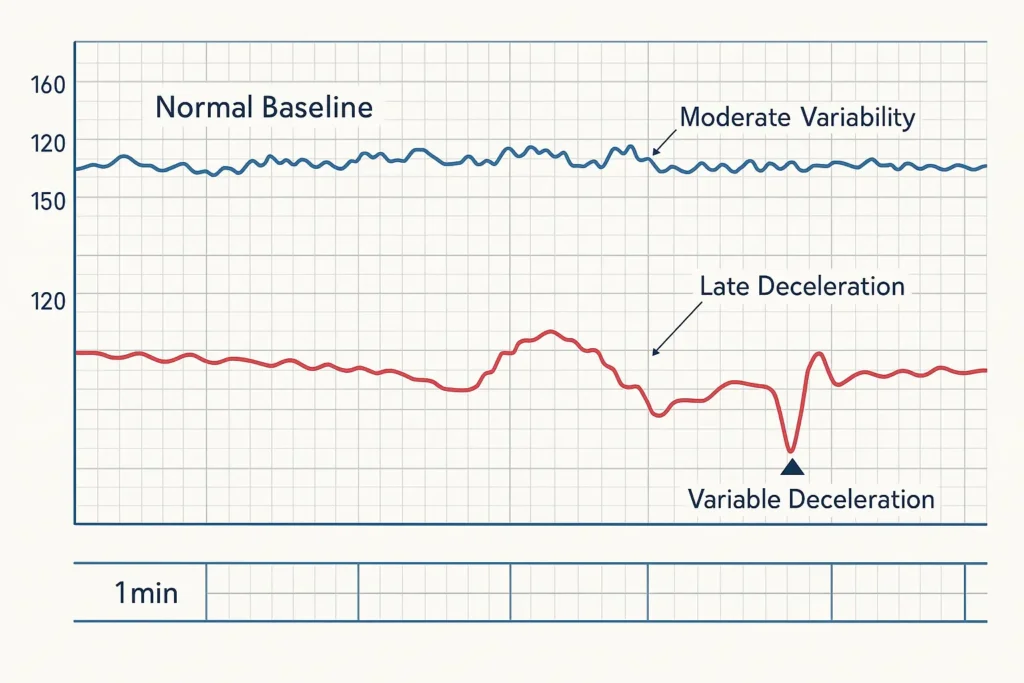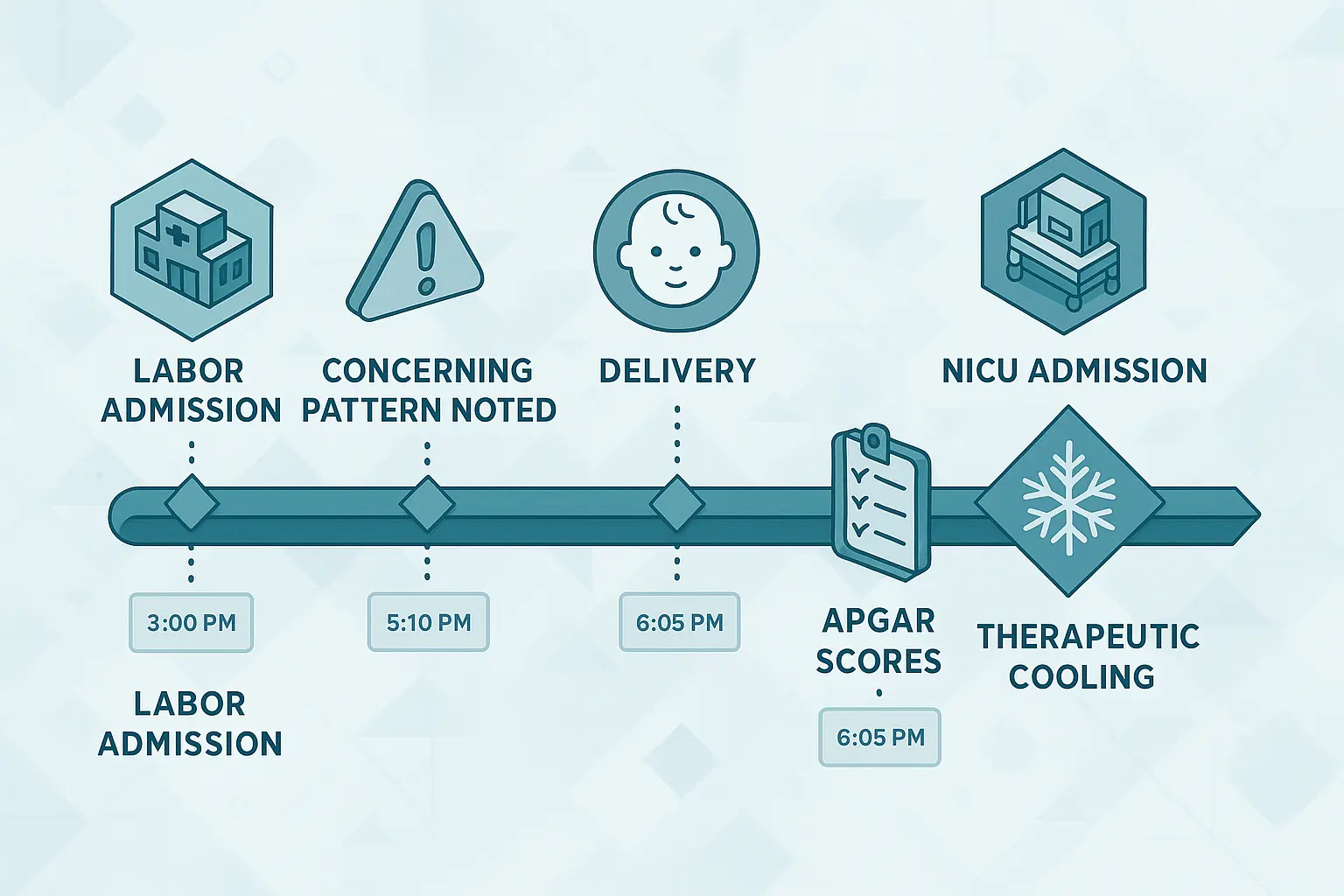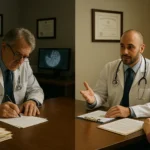This page provides general information, not medical or legal advice. Outcomes vary; deadlines are complex and fact specific. For advice about your situation, please consult a Florida attorney.
Table of Contents
Who this is for
You just lived through a terrifying delivery or a NICU stay. Your baby struggled for oxygen, and now you’re hearing terms like “HIE,” “anoxic injury,” or “cerebral palsy.” You want to know can I sue if my baby suffered oxygen deprivation at birth, how to prove a birth injury caused cerebral palsy, what Florida deadlines apply, and whether birth injury lawsuit settlements make sense versus Florida’s no fault NICA program. Let’s take this step by step.
First, what “oxygen loss at birth” means, and what it doesn’t
Doctors use “hypoxic ischemic encephalopathy (HIE)” or “anoxic brain injury” to describe brain injury from too little oxygen or blood flow around labor, delivery, or the first hours of life. Not every case of cerebral palsy comes from oxygen loss during birth, and a low Apgar score by itself doesn’t prove asphyxia or negligence. Causation typically requires clinical clues (cord blood acidosis, abnormal fetal heart tracings, early encephalopathy, MRI patterns) evaluated together under accepted medical criteria. ACOG

Can I sue if my baby suffered oxygen deprivation at birth?
Yes, if evidence shows the medical team failed to meet Florida’s standard of care and that failure caused injury. In practice, families build causation with records that capture what happened minute by minute: fetal heart rate strips, cord gases, delivery notes, NICU exams, and early brain imaging. That clinical record is compared to what reasonably careful providers should have done in the same situation. Florida cases often turn on timely response to warning signs (non reassuring tracings, uterine tachysystole, placental abruption), speed to delivery, and prompt newborn resuscitation.
Florida adds a wrinkle: some children with birth related neurological injury may be routed to the state’s NICA program (a no fault compensation system) if the delivering provider was a participant and statutory criteria are met. Whether NICA applies, or whether a traditional malpractice suit proceeds, depends on the facts and provider participation.
How do you prove a birth injury caused cerebral palsy?
Law and medicine meet here. In Florida cases, proof typically follows accepted medical frameworks for neonatal encephalopathy. Specialists look for a pattern: a plausible sentinel event or sustained intrapartum distress, metabolic acidosis on cord blood, moderate or severe encephalopathy in the first hours, characteristic MRI findings, and exclusion of other causes. These elements don’t require perfection, but the closer the fit, the stronger the causation story. A low Apgar alone isn’t enough; it must be part of a broader clinical picture. ACOG
What you can do now: request and preserve the complete medical record set (including raw fetal monitoring files), keep a simple timeline of events you remember, and track every new specialist recommendation. Your timeline often becomes the backbone of the investigation.

Signs my child’s cerebral palsy may involve negligent care
Families often notice a pattern rather than a single moment: hours of abnormal tracings without escalation; significant delays between a decision to deliver and incision; unmanaged hyperstimulation from labor drugs; or missed resuscitation steps. These are red flags to investigate, not automatic proof of fault. An independent review of the fetal monitoring, cord gases, and early neurologic exams usually clarifies whether substandard care likely caused the outcome under accepted criteria. ACOG
What is the statute of limitations for a birth injury case in Florida?
Florida sets tight deadlines. Most medical malpractice claims must start within two years of when the incident is discovered (or should have been), and no later than four years from the incident (a “statute of repose”). For injuries to a child, Florida allows a suit any time before the child’s 8th birthday. These rules have nuances and exceptions, talk to counsel quickly so you don’t lose rights. The Florida Senate
Florida also requires a presuit investigation and notice before filing suit. When a Notice of Intent is served, the statute is tolled (paused) during the 90 day investigation period while both sides exchange information and evaluate the claim. Expect an expert review and specific certification steps before any lawsuit can be filed.
Florida’s NICA vs. a malpractice lawsuit, how it affects your path
If your child meets the statutory definition of a “birth related neurological injury,” and your delivering provider was a NICA participant who gave required notices, NICA may be the primary compensation path for certain lifetime medical and custodial needs. In other cases, non participants, injuries falling outside the definition, or disputed eligibility, families may proceed in court. Determining which track applies is one of the first things a Florida birth injury lawyer will analyze.
Birth injury lawsuit settlements: what to expect (without hype)
There is no standard number. Outcomes depend on liability strength, lifetime care costs, future lost earnings, and litigation posture. Florida’s presuit process, potential NICA eligibility, and specialist testimony all influence value. Responsible firms model life care plans and negotiate or try cases based on concrete needs rather than “averages.” Be cautious with online “settlement ranges”, they rarely reflect your facts or Florida law. (Your lawyer can compare verdicts and confidential settlements to frame realistic expectations.)
Supporting topics you asked us to cover, briefly, and in plain English
Anoxic brain injury in infants: This refers to brain damage from little or no oxygen. In litigation, the question becomes whether substandard care caused or worsened that deprivation and whether the clinical record supports an intrapartum hypoxic ischemic pattern. ACOG
Life after neonatal oxygen loss: Children with HIE or CP often benefit from early intervention (PT/OT/speech), spasticity management, seizure care, and assistive tech. Legal recovery focuses on funding a life care plan that adapts as your child grows.
Brachial plexus injury settlement: Nerve injuries like Erb’s palsy are different from HIE and usually involve shoulder dystocia mechanics and traction. They follow the same Florida deadlines and presuit rules, but causation and damages proof are distinct.
Quick Q&A table
| Question (target keyword) | Quick answer |
|---|---|
| Can you sue if your baby had oxygen deprivation at birth? | Yes, if substandard care caused injury; Florida law and records (tracings, gases, MRI) drive proof. Presuit steps apply. |
| How do you prove a birth injury caused cerebral palsy? | Use accepted neonatal encephalopathy criteria plus expert review of records and imaging; low Apgar alone isn’t enough. ACOG |
| What’s Florida’s statute of limitations? | Generally 2 years from discovery, no more than 4 years; for a child, suit may be filed before the 8th birthday. The Florida Senate |
What to do next
Start with records. Ask the hospital for everything, including electronic fetal monitoring (EFM) in native format, cord gas reports, NICU notes, and radiology images. Keep your own day by day notes: symptoms, therapies, referrals. Then schedule a free Florida case review. A focused screening often answers two questions fast: (1) does the medicine plausibly support negligence and causation, and (2) are you inside Florida’s deadlines (or tolled by presuit).




